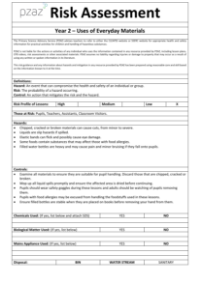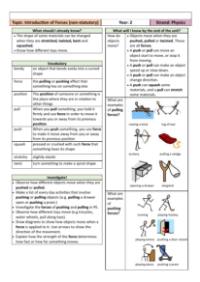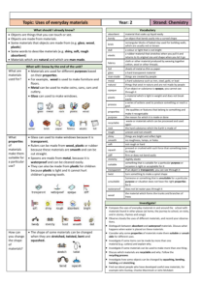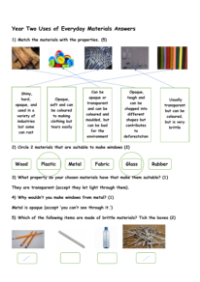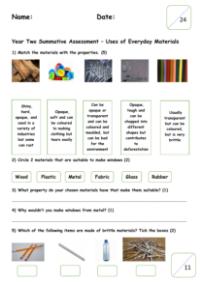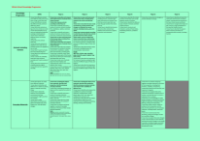Materials - Keywords
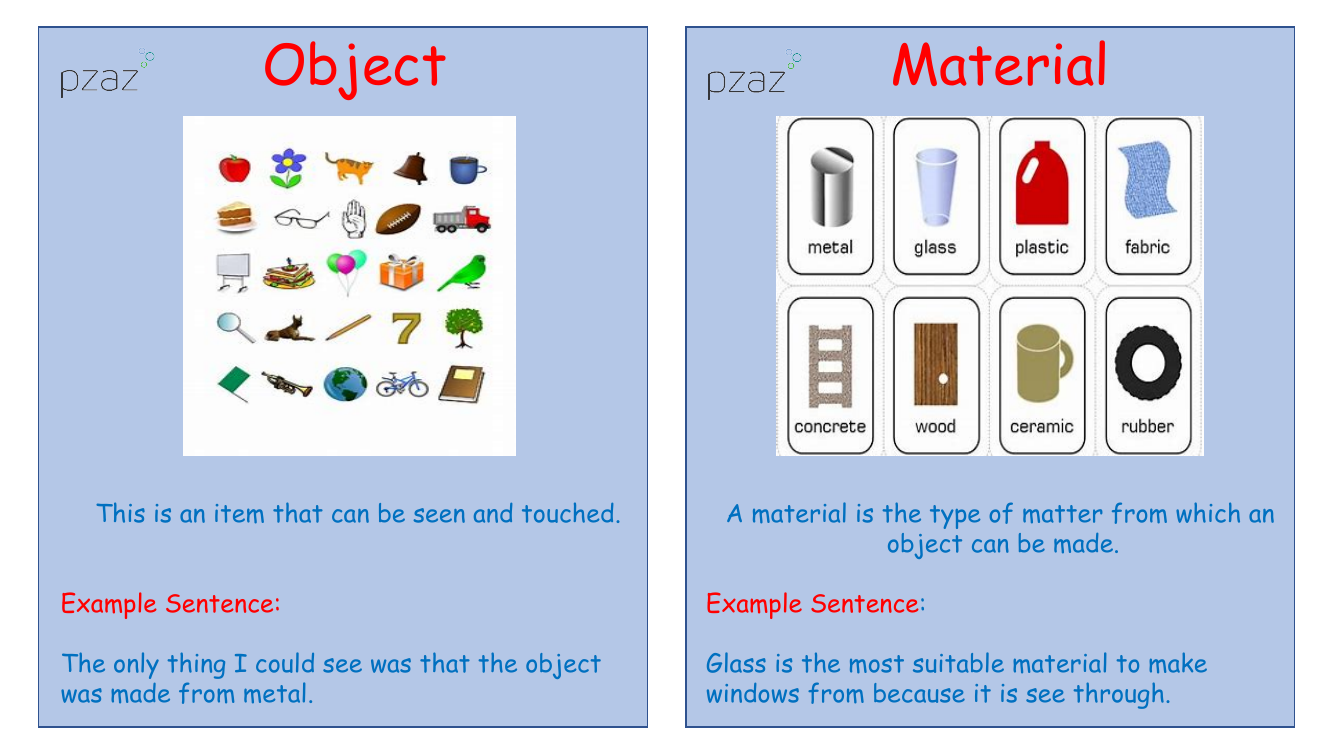
Materials play a crucial role in our daily lives, providing the substances from which objects are made. An object is something tangible that we can see and touch, like a metal sculpture, which is not only visible but also tactile. Materials themselves, such as glass, are the types of matter that are used to craft objects, offering unique properties like transparency, which makes glass the preferred choice for creating windows. Wood, the sturdy substance that forms the trunk and branches of trees, is another example of a material, valued for its ease of maintenance when used in furniture like a wooden dining table.
Plastic is a synthetic material known for its versatility and ability to be shaped into solid objects, contributing to its widespread use in manufacturing. Similarly, glass is a clear solid utilized in making a variety of items, including windows and eyewear, appreciated for its transparency. Metals, such as gold and silver, have been instrumental throughout history for their myriad applications. Natural materials like rock form part of the Earth's crust, offering a palette of colours for the natural landscape, while bricks—often made from fired clay—provide a durable solution for construction. Paper, a product of wood pulp, is indispensable for writing, whereas fabrics, woven or knitted, are essential in the textile industry. The elasticity of materials like rubber, which can stretch and return to their original form, is vital in applications requiring flexibility, just as the thin sheets of foil are indispensable in preserving food freshness. Wool, harvested from animals like sheep, is a textile fiber used in clothing. The physical properties of materials, such as hardness, softness, stretchiness, and rigidity, dictate their applications, ranging from construction to everyday items like bendy straws or waterproof tents. Absorbent materials like kitchen roll are designed to soak up liquids, while brittle items are prone to breaking easily. The appearance of materials can also vary, with some being shiny and reflective, and others dull or non-reflective. Transparency allows for clear visibility through materials like glass, while opaque substances block light entirely. Translucency permits a soft diffusion of light, and plasticity refers to the ability of a material, such as clay, to be moulded without returning to its original shape.
